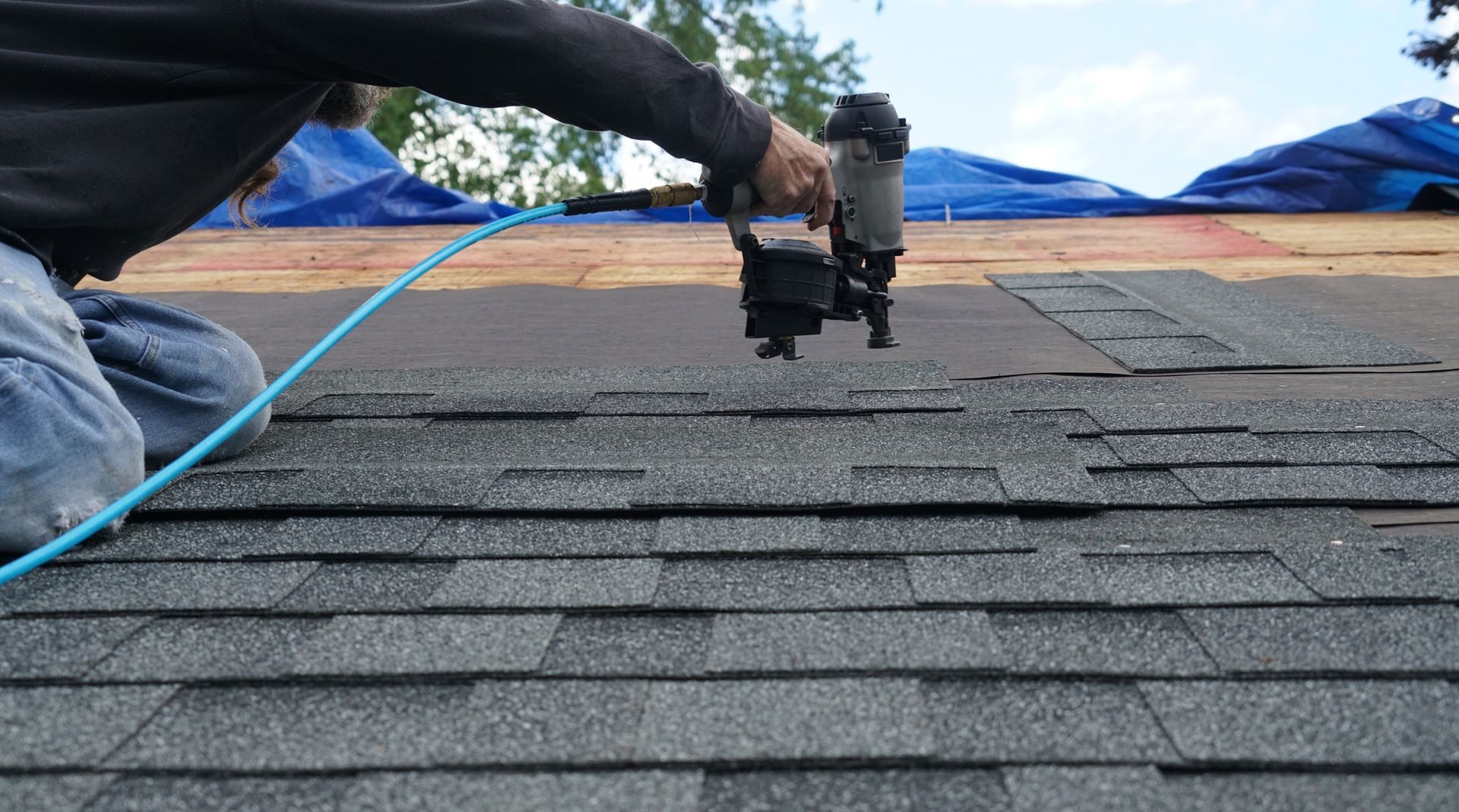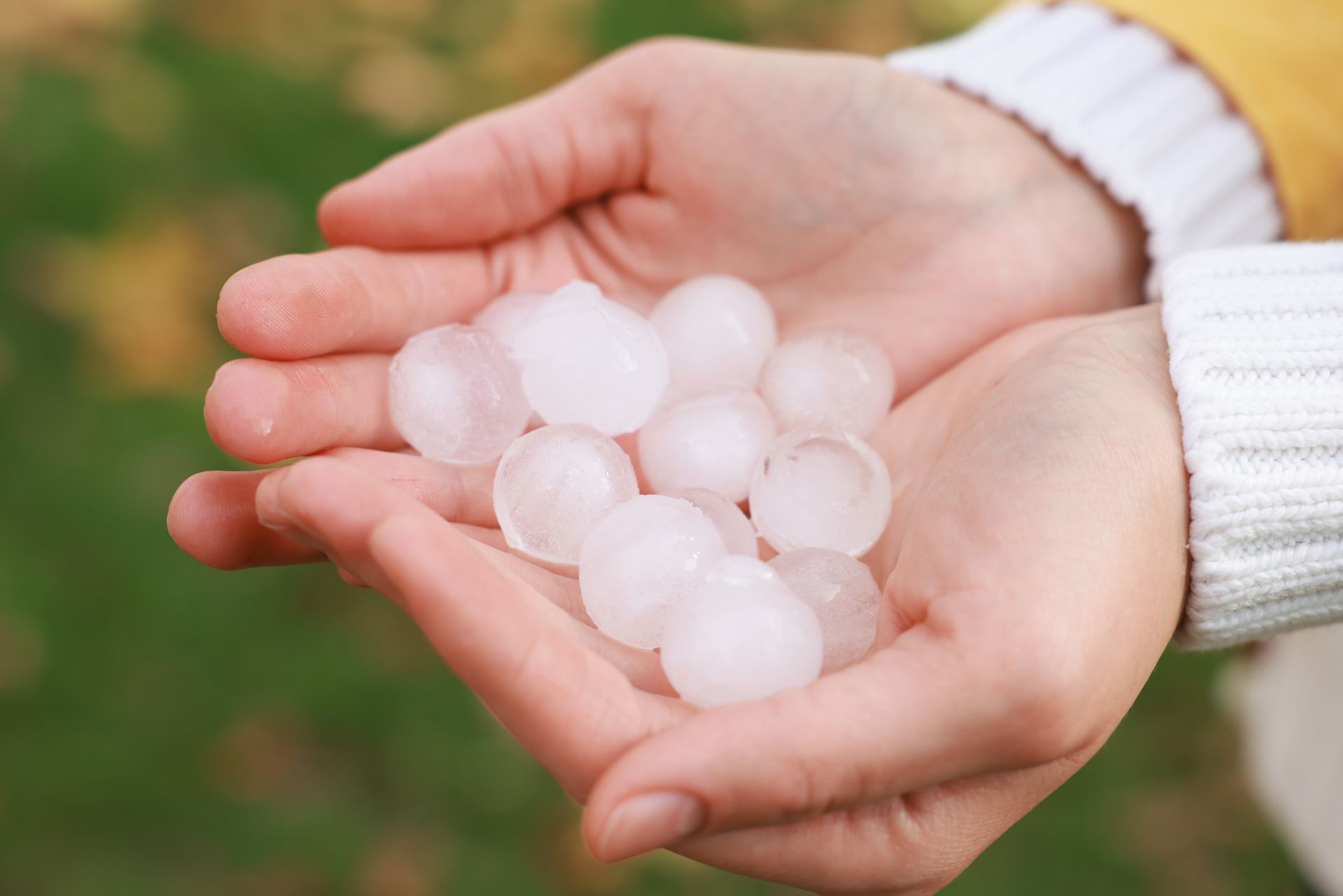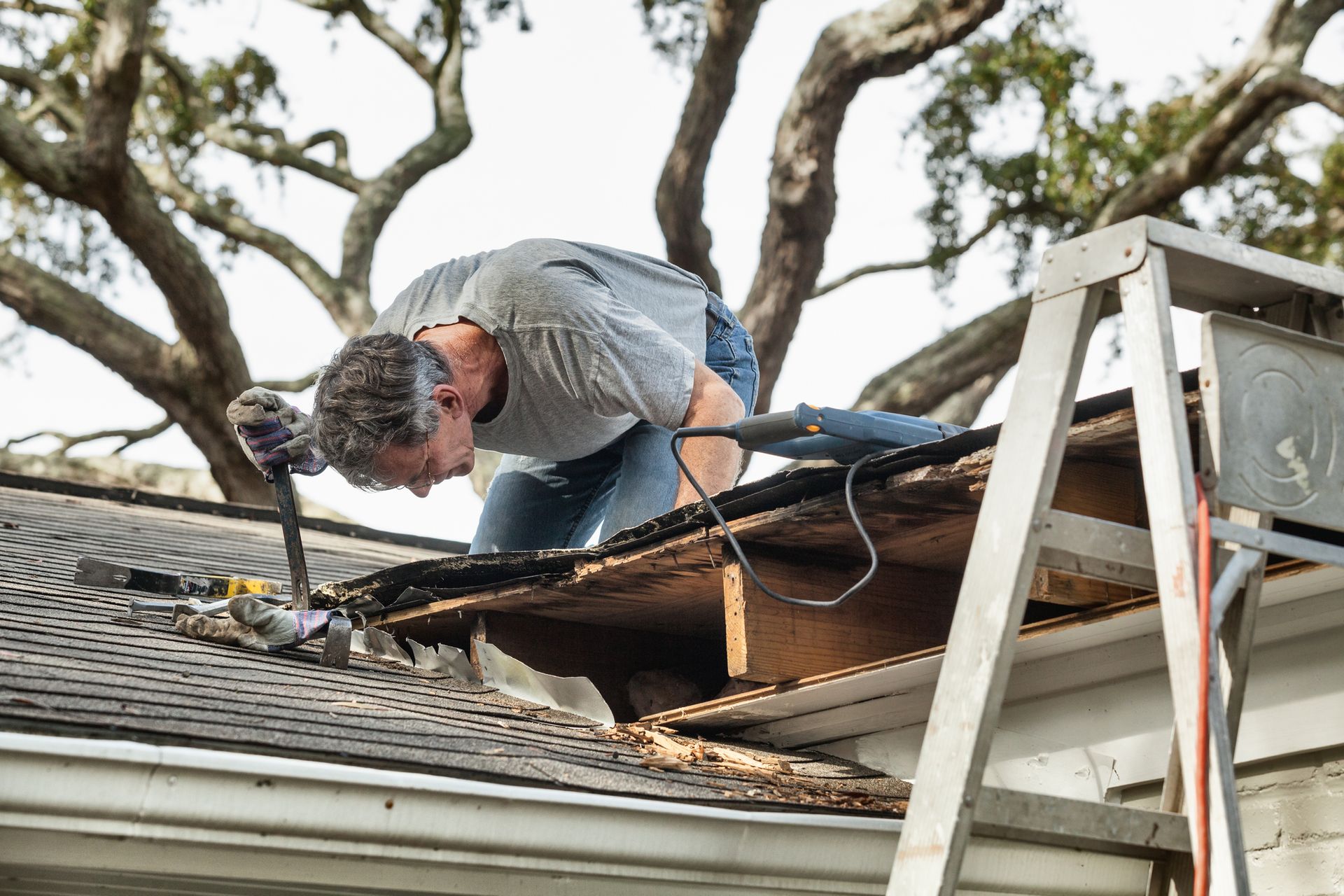Returning to Business After a Disaster
Returning to Business After a Disaster

When your small business faces a crisis or emergency, timely action might be the difference between resuming operations and permanently closing your doors. According to the Federal Emergency Management Agency (FEMA), between 40% and 60% of firms do not reopen following a disaster. The first few days following a disaster are essential; according to FEMA, 90% of firms that do not reopen within five days will close.
Following these measures will assist you in promptly resuming operations following a calamity.
Execute your disaster plan- The first step following a tragedy is to put your disaster plan into action. This involves notifying employees and anybody else on the premises in order to protect their safety. Examine if your safeguards for digital data and critical papers have kept information safe. Your first priority should be to ensure everyone's safety and health on-site, followed by an investigation into how physical assets and important business operations are affected.
Report the damage to your insurance company- You should have a corporation insurance coverage in place in case of a calamity. Contact your insurance broker or business as soon as possible to start the procedure. They will walk you through the claim procedure, which may include providing information over the phone or online. Keep thorough notes on every phone call, including the names of everyone you talk with and copies of any papers you provide. After you file a claim, an adjuster will come to your home to assess the damage.
Take stock of the damage-Examine the extent of the damage to your property. You should most likely begin with the framework. For example, a flood might harm carpets or electrical cables. Investigate the company's equipment, inventories, and other aspects. Determine if the area may be used for business reasons while repairs are being made. Consider a timetable for closure and reopening, or see whether work can be done remotely or at a backup location while repairs are being completed. Photographs, videos, and thorough notes are essential for obtaining the best possible insurance claim outcome.
Get repairs scheduled and underway- Property repairs can begin once your insurance provider has evaluated the damage; contact them before beginning clean-up and repairs. Begin by gathering repair quotations from qualified providers. Consider the expenses, timing, and availability first. Depending on the nature of the repairs required, it may be interesting investigating the warranties and guarantees provided by suppliers. If you have enough cash on hand, your insurance company may pay for repairs immediately or refund you.
Explore emergency disaster assistance- Government agencies such as FEMA and the Small Business Administration may provide disaster aid (SBA). For example, the SBA provides low-interest, long-term loans to firms that have been impacted by natural catastrophes. 2 Loan alternatives include physical recovery loans for building repairs and economic recovery loans to help your organization deal with cash flow issues after a disaster.
Implement a communications plan- Keep the community updated once you've assessed the amount of the damage and acquired cash. Create a communication strategy to keep consumers, workers, vendors, and the surrounding community informed of your plans. When you reopen – or restore full operations – you will be offered the assistance you require to return to the business. The first few days following a calamity are critical. You'll assess the damage, communicate effectively, and have a plan in place to get repairs started as soon as possible so that you can go back to business as usual.
Contact Roof Tarp & Board Up if you are in need of emergency services!










